Touring bikes are specifically designed for long-distance travel, offering a unique blend of comfort, durability, and versatility. Unlike standard road bikes or mountain bikes, touring bikes are built to carry heavy loads over extended periods, making them ideal for cyclists who embark on multi-day journeys or long-distance rides. The geometry of a touring bike typically features a relaxed frame design that allows for a more comfortable riding position, which is crucial when spending hours in the saddle.
Additionally, these bikes often come equipped with features that enhance their functionality, such as multiple gear ratios, robust tires, and the ability to mount racks and fenders. The history of touring bikes can be traced back to the early 20th century when cyclists began to explore the idea of long-distance travel on two wheels. Over the decades, advancements in materials and technology have led to the evolution of touring bikes into highly specialized machines.
Modern touring bikes are crafted from a variety of materials, including steel, aluminum, and carbon fiber, each offering distinct advantages in terms of weight, strength, and ride quality. As cycling has gained popularity as a means of adventure and exploration, the demand for touring bikes has surged, leading to a diverse market filled with options tailored to different riding styles and preferences.
Key Takeaways
- Touring bikes are designed for long-distance travel and are equipped with features to handle various terrains and weather conditions.
- When choosing a touring bike, consider factors such as frame material, tire size, gearing, and carrying capacity to suit your specific needs and preferences.
- Ultimate adventure touring bikes are equipped with features like durable frames, wide tires, comfortable seating, and multiple gear options for tackling challenging terrains.
- Comparing the best touring bikes on the market involves evaluating factors such as price, durability, comfort, and versatility for different types of adventures.
- Reviews of the best touring bikes for different types of adventures provide insights into the performance, comfort, and suitability of each bike for specific travel needs.
Factors to Consider When Choosing a Touring Bike
When selecting a touring bike, several critical factors must be taken into account to ensure that it meets the specific needs of the rider. One of the foremost considerations is the frame material. Steel frames are renowned for their durability and comfort, absorbing road vibrations effectively, which is particularly beneficial on long rides.
Aluminum frames, while lighter and stiffer, may not provide the same level of comfort over extended distances. Carbon fiber frames offer a lightweight option but can be more expensive and less durable than their steel counterparts. Understanding the trade-offs between these materials is essential for making an informed decision.
Another vital factor is the bike’s gearing system. Touring often involves navigating varied terrain, from flat roads to steep hills. A wide gear range allows cyclists to tackle challenging inclines without exhausting themselves.
Bikes equipped with lower gearing ratios enable easier pedaling on steep climbs, while higher gears facilitate faster speeds on flat stretches. Additionally, considering the number of gears is important; while some riders prefer the simplicity of single-speed or internally geared hubs, others may opt for traditional derailleur systems that offer a broader range of options. Ultimately, the choice of gearing should align with the rider’s anticipated routes and personal preferences.
Top Features of Ultimate Adventure Touring Bikes
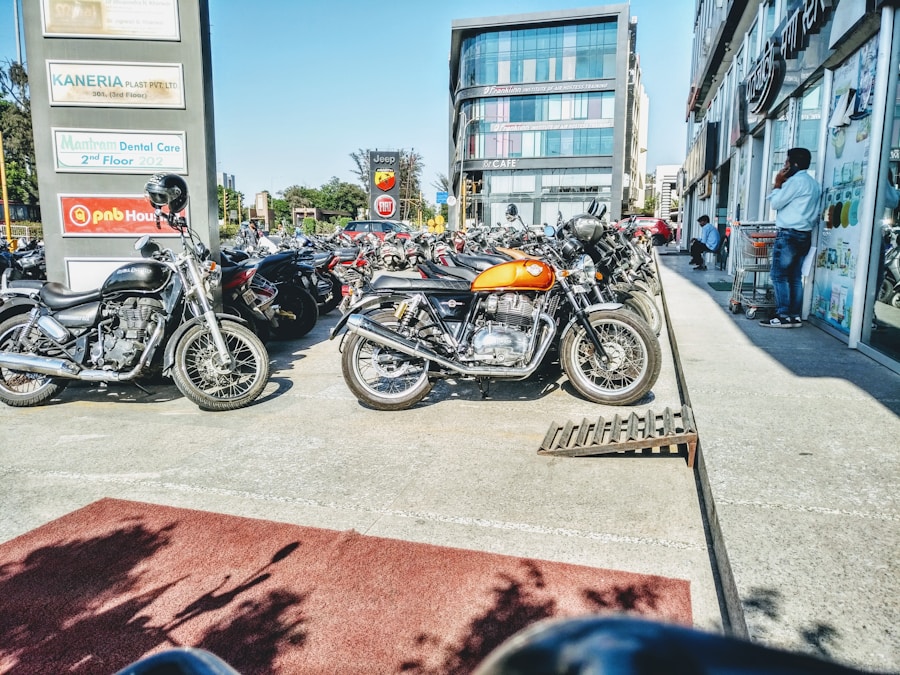
Ultimate adventure touring bikes come packed with features designed to enhance performance and comfort during long rides. One standout feature is the inclusion of disc brakes, which provide superior stopping power in various weather conditions compared to traditional rim brakes. Disc brakes are particularly advantageous for touring cyclists who may encounter wet or muddy conditions on their journeys.
The ability to maintain consistent braking performance regardless of environmental factors is crucial for safety and control. Another essential feature is the bike’s ability to accommodate racks and fenders. A sturdy rear rack allows cyclists to carry essential gear and supplies securely, while fenders protect both the rider and the bike from mud and water splashes.
Many touring bikes also come with mounting points for additional accessories such as lights and panniers, further enhancing their utility for long-distance travel. Additionally, wider tires with puncture-resistant technology are often standard on adventure touring bikes, providing better traction and stability on diverse surfaces while minimizing the risk of flats during remote rides.
Comparison of the Best Touring Bikes on the Market
| Bike Model | Weight | Gear Range | Price |
|---|---|---|---|
| Surly Long Haul Trucker | 29 lbs | 30-100 gear inches | 1,350 |
| Ridgeback Expedition | 28 lbs | 22-104 gear inches | 1,200 |
| Kona Sutra | 27 lbs | 22-115 gear inches | 1,599 |
| Co-op Cycles ADV 1.1 | 26 lbs | 20-110 gear inches | 1,299 |
The market for touring bikes is vast, with numerous models catering to different preferences and budgets. One notable contender is the Surly Long Haul Trucker, a steel-framed bike celebrated for its durability and comfort. It features a relaxed geometry that promotes an upright riding position, making it ideal for long days in the saddle.
The Long Haul Trucker also offers ample rack and fender mounts, allowing riders to customize their setup according to their needs. Another popular option is the Trek 520, which has been a staple in the touring community for decades. This bike combines a lightweight aluminum frame with a comfortable geometry and reliable components.
The Trek 520 is equipped with disc brakes for enhanced stopping power and features a wide gear range that makes it suitable for tackling various terrains. Its reputation for reliability and performance has made it a favorite among seasoned tourers. For those seeking a more budget-friendly option without sacrificing quality, the Kona Sutra is worth considering.
This bike features a versatile steel frame and comes equipped with a host of practical accessories, including fenders and a rear rack. The Sutra’s geometry strikes a balance between comfort and performance, making it suitable for both long-distance touring and daily commuting.
Reviews of the Best Touring Bikes for Different Types of Adventures
When it comes to selecting a touring bike tailored to specific adventures, it’s essential to consider how each model performs in various conditions. For instance, the Salsa Marrakesh is an excellent choice for off-road touring enthusiasts. With its robust frame design and wide tires, this bike excels on unpaved roads and rugged trails.
The Marrakesh also features multiple mounting points for racks and fenders, making it adaptable for carrying gear on extended trips. On the other hand, cyclists who prefer road touring may find the Cannondale Topstone to be an ideal fit. This gravel bike combines lightweight construction with a comfortable geometry that allows for efficient pedaling over long distances.
The Topstone’s versatility makes it suitable for both paved roads and light gravel paths, providing riders with the flexibility to explore diverse terrains without compromising performance. For those embarking on international tours or multi-day adventures where weight is a concern, the Specialized Sequoia stands out as an excellent option. This bike is designed with lightweight materials and features a compact frame that makes it easy to transport.
The Sequoia’s geometry promotes stability while loaded with gear, ensuring that riders can navigate challenging landscapes with confidence.
Tips for Maintaining and Upgrading Your Touring Bike
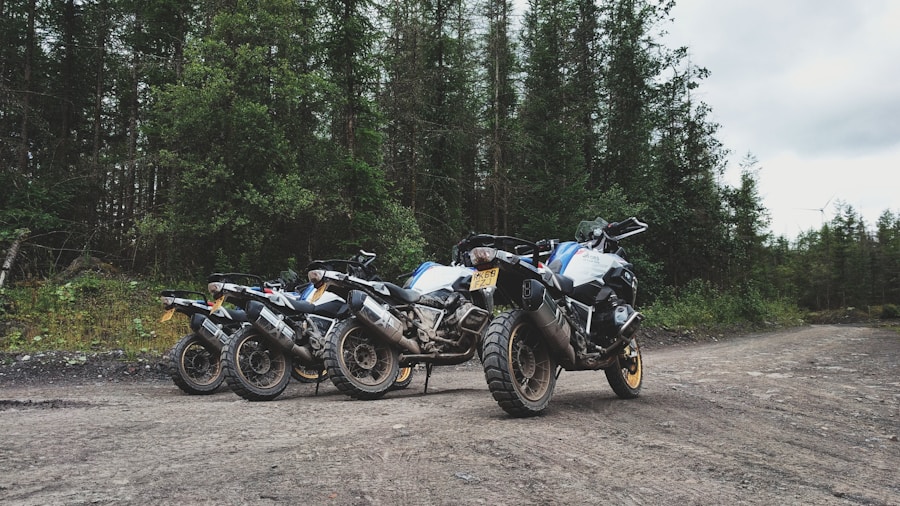
Tire Pressure and Drivetrain Maintenance
Regularly checking tire pressure is essential; under-inflated tires can lead to increased rolling resistance and decreased efficiency on long rides. Additionally, keeping the drivetrain clean and lubricated will enhance shifting performance and prolong the life of components such as chains and derailleurs.
Upgrading for Enhanced Performance
Upgrading certain components can also significantly improve a touring bike’s performance. For instance, investing in high-quality tires can enhance grip and reduce the likelihood of flats during long journeys. Cyclists may also consider upgrading their saddles to more ergonomic options that provide better support over extended periods in the saddle.
Adding Comfort-Enhancing Accessories
Furthermore, adding accessories such as handlebar grips or bar ends can improve comfort during long rides by allowing riders to change hand positions frequently.
Essential Gear and Accessories for Ultimate Adventure Touring
In addition to selecting the right touring bike, equipping oneself with essential gear and accessories can greatly enhance the overall experience of adventure touring. A reliable set of panniers is crucial for carrying gear securely while maintaining balance on the bike. Waterproof options are particularly beneficial for protecting belongings from rain or splashes during wet conditions.
Cyclists should also invest in quality clothing designed for cycling; moisture-wicking fabrics help regulate body temperature during long rides while providing comfort against chafing. A good pair of cycling shoes that offer adequate support can make a significant difference in pedaling efficiency over long distances. Navigation tools are another vital component of adventure touring gear.
Whether using GPS devices or traditional maps, having reliable navigation aids ensures that cyclists can stay on course during their journeys. Additionally, carrying basic repair tools such as tire levers, patch kits, and multi-tools can be invaluable in addressing mechanical issues that may arise on remote routes.
Finding the Perfect Touring Bike for Your Ultimate Adventure
Selecting the perfect touring bike involves careful consideration of various factors such as frame material, gearing systems, and essential features tailored to individual riding styles. With numerous options available on the market today, cyclists can find models that cater specifically to their adventure needs—whether they prefer road touring or off-road exploration. Ultimately, investing time in research and understanding personal preferences will lead to finding a touring bike that not only meets practical requirements but also enhances the joy of cycling adventures.
With the right bike and gear in hand, cyclists can embark on unforgettable journeys that take them through breathtaking landscapes while enjoying the freedom that comes with traveling by bicycle.



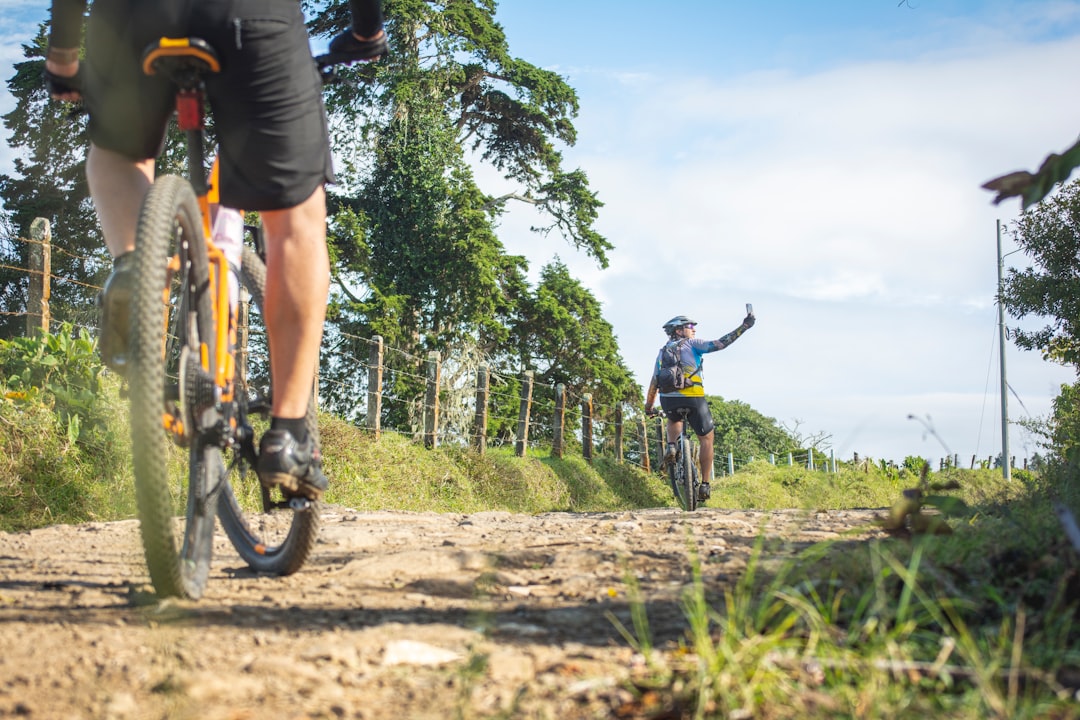
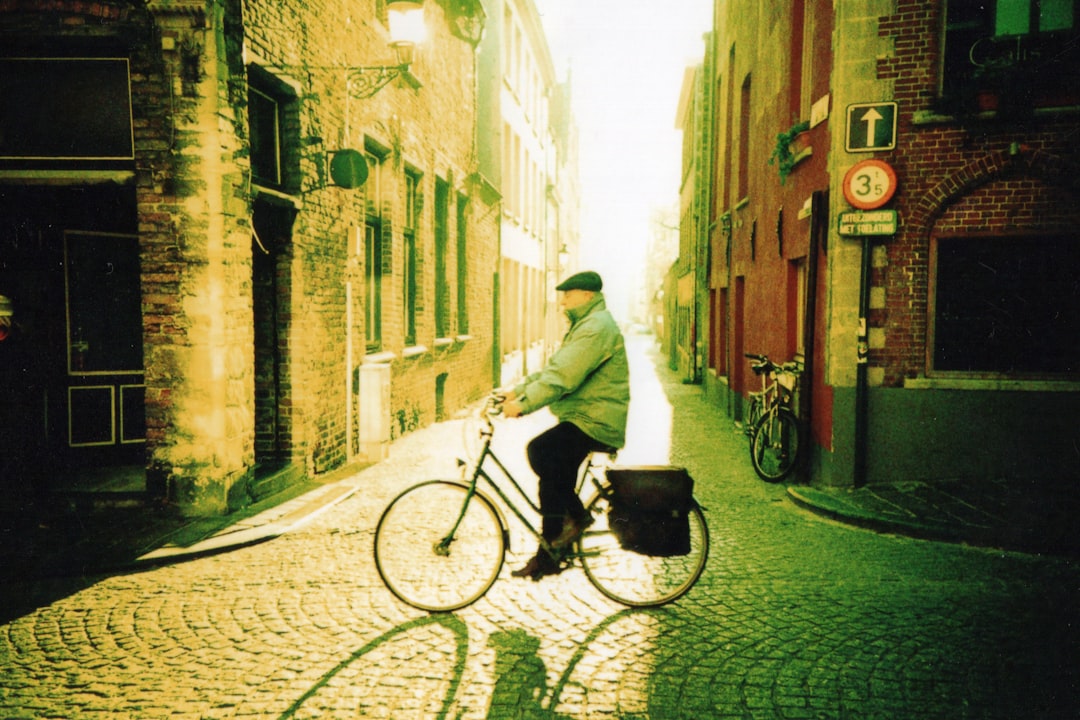
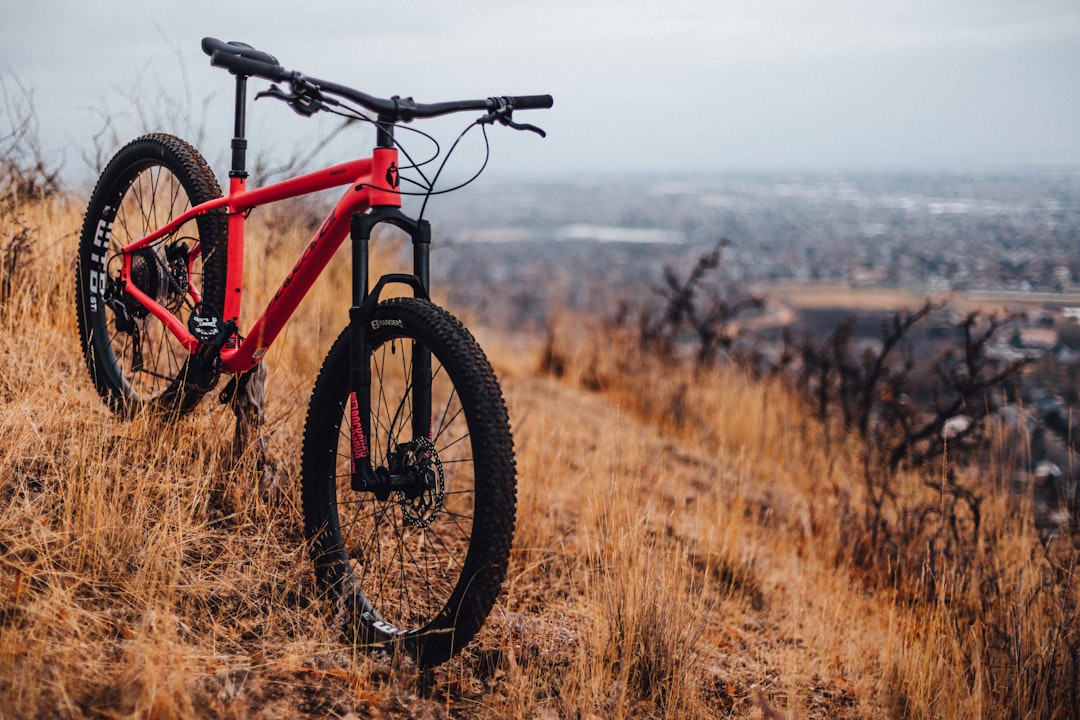






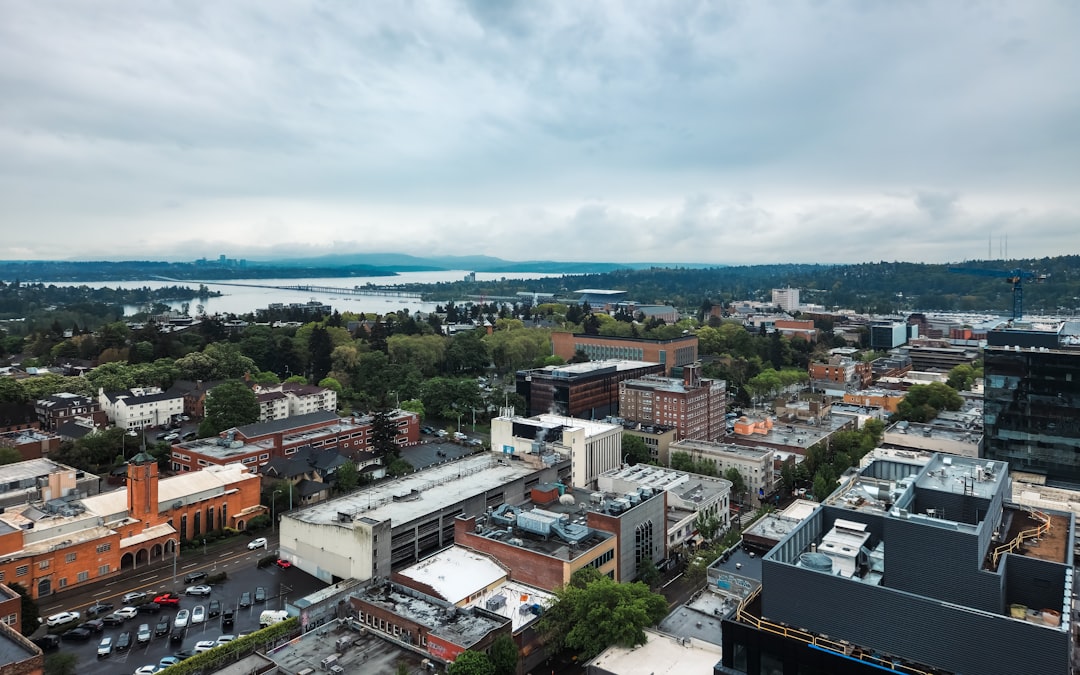


Leave a Reply